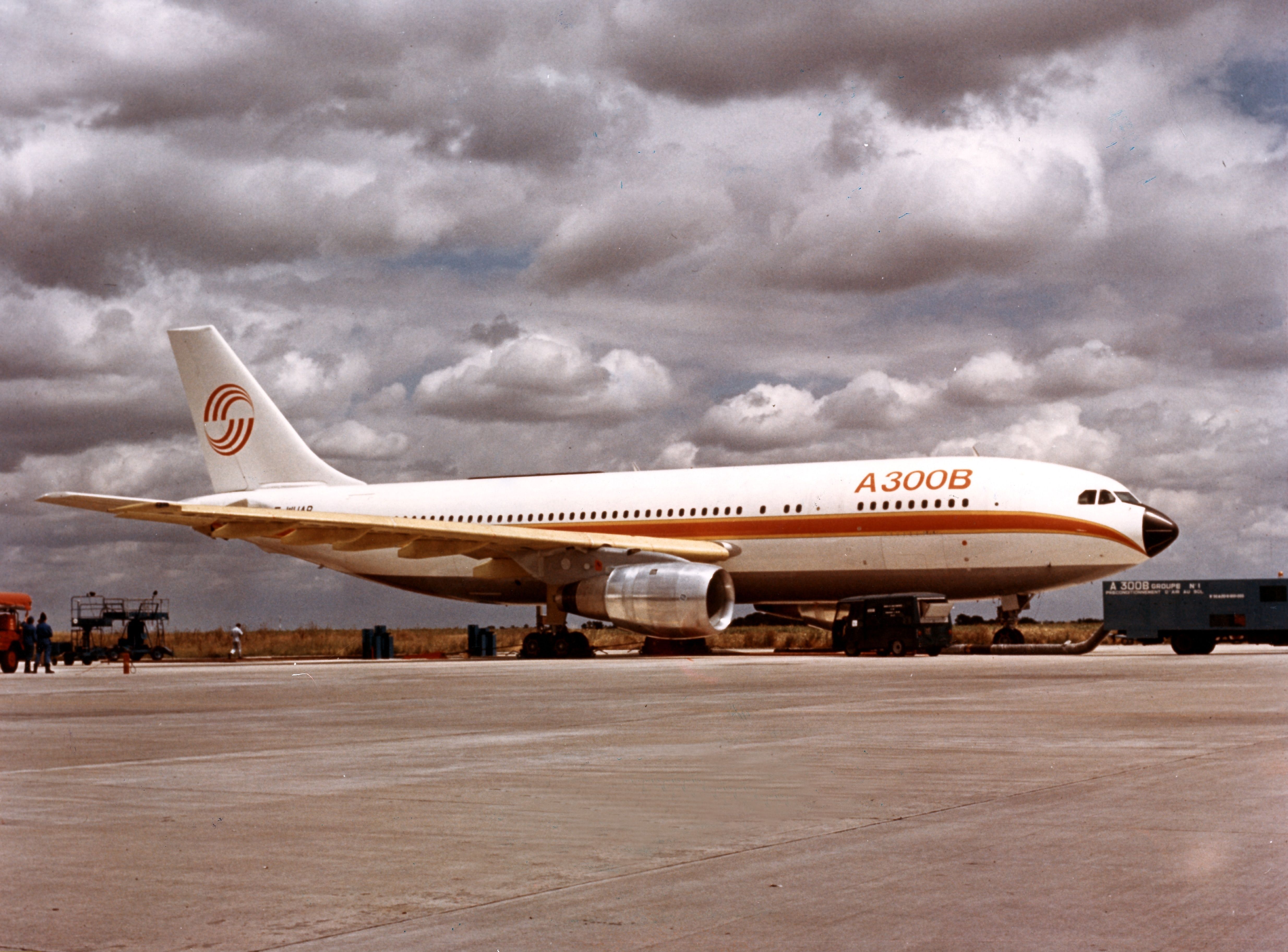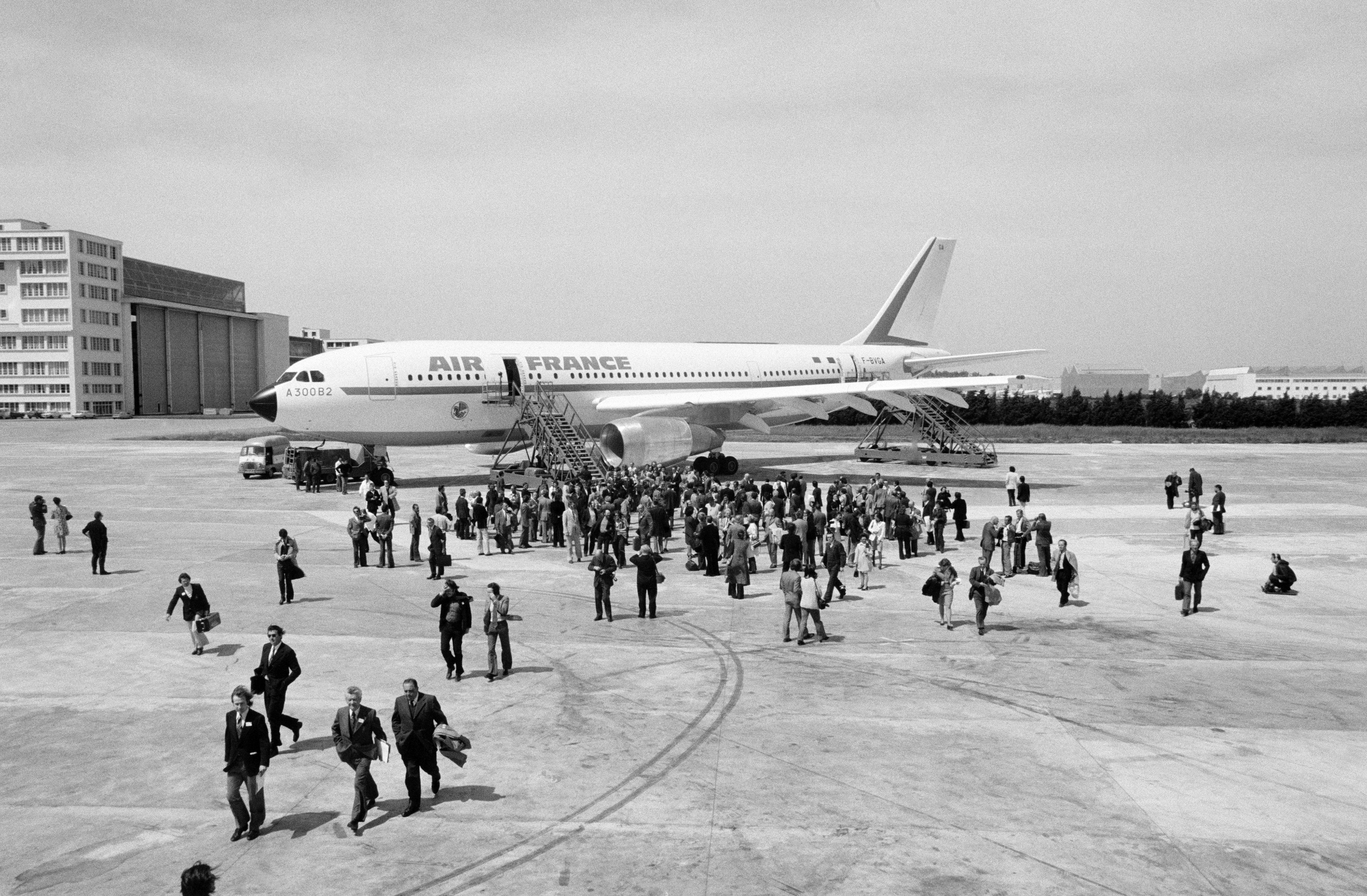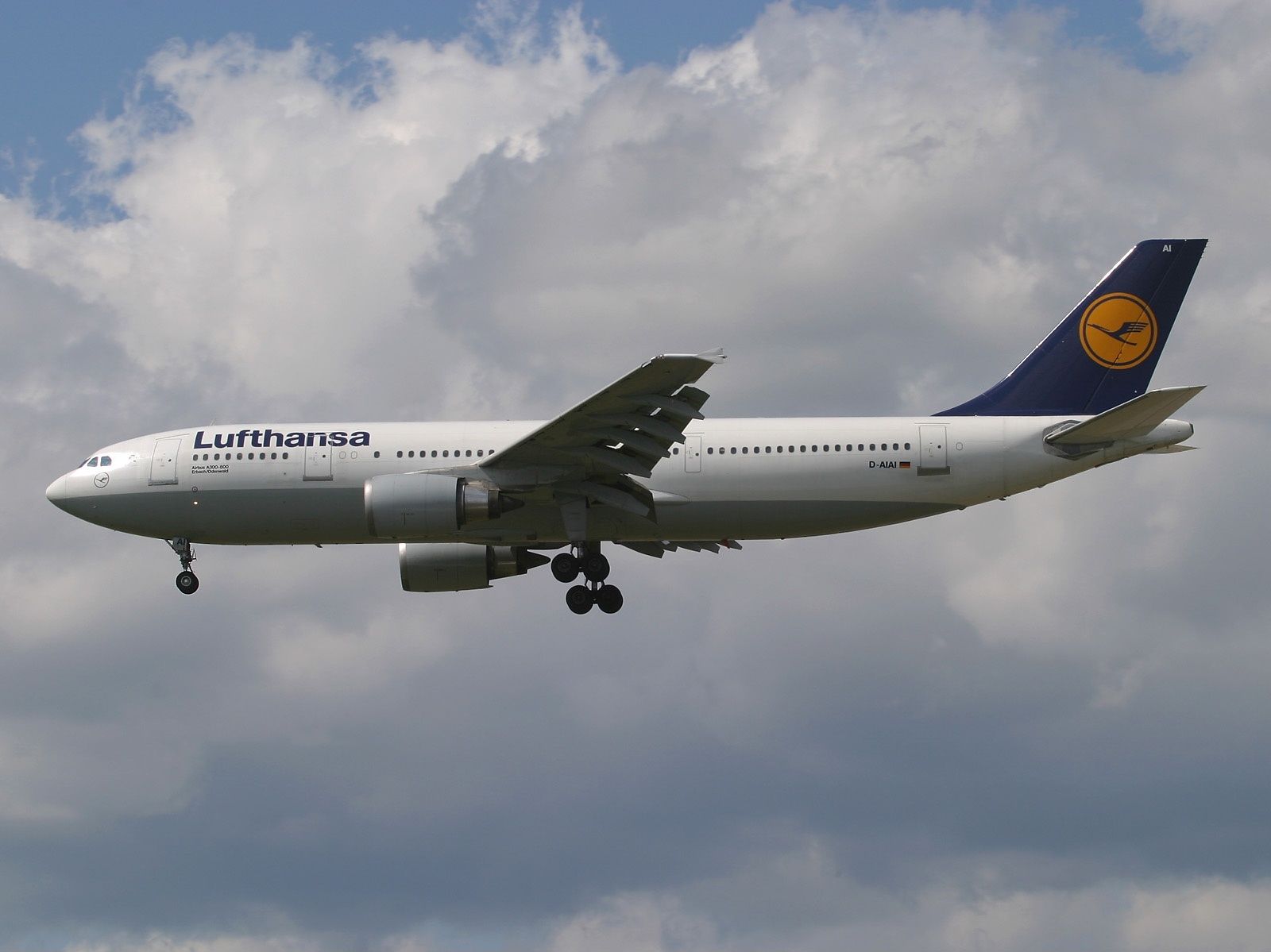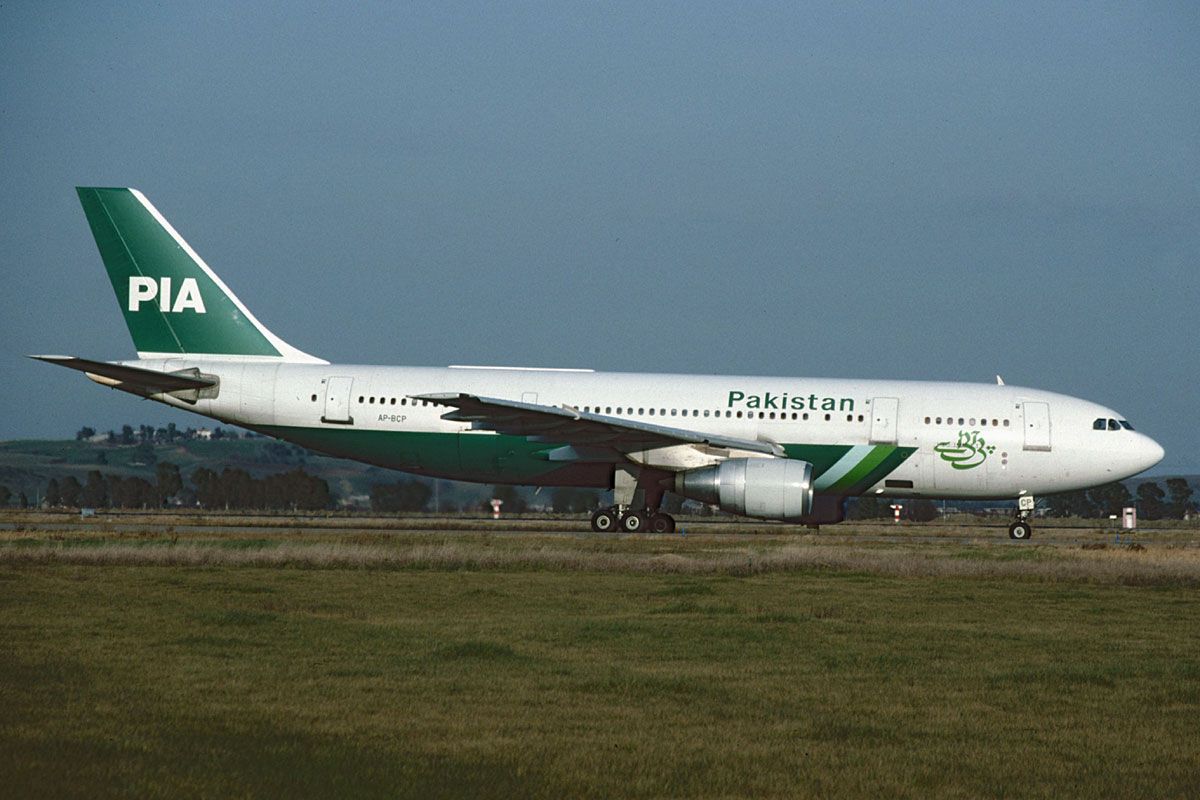Background
In 1967, various aircraft manufacturers in Europe and the United Kingdom discussed the idea of establishing a joint venture to build a large airliner. Western Germany, France, and Britain signed a memorandum of understanding (MOU) to begin the development of the program.
In the early days, Air France and American Airlines had expressed an interest in a twin-engine widebody airliner for their forecasted market. The initial design of the aircraft was supposed to carry 300 passengers, hence the name A300.
However, the manufacturers feared that a 300-passenger aircraft may be too large for the market. As such, Airbus developed a scaled-down version, the A300B, with a capacity of approximately 250 passengers.
As the design phase moved forward, the General Electric (GE) CF6-50 engines were selected to power the A300, as opposed to the previously selected Rolls-Royce RB-207s. The decision was made to reduce manufacturing costs and attract airlines in the United States.
The decision did not sit well with Rolls-Royce, who had already started to work on the new engine design. Two months after the decision, in May 1969, the British government withdrew from the joint venture, leaving France and Germany as the only partners in the project.
Between the two equal partners, the Airbus Industrie was created in December 1970. The Airbus A300 became the first project under the newly created European collaborative aircraft manufacturer. Britain joined the company in 1971 to become a 20% partner in Airbus Industrie.
The Airbus A300
The Airbus A300 was designed to carry 247 passengers in a two-class configuration and fly over a range of 2,900 NM (5,375 km). The GE CF6-50 or the Pratt & Whitney (PW) JT9D engines were selected to power the initial variants of the A300. For the later variants, the GE CF6-80 or the PW4000 engines were selected.
The Airbus A300 scored a number of firsts in commercial aviation. The A300 was the first commercial aircraft to have composite materials used in both its primary and secondary structures to reduce weight and increase operating efficiency. The introduction of wingtip devices to reduce drag, and a center of gravity control system, made the A300 design ever so efficient at the time.
Air France and Lufthansa provided valuable inputs during the early stages of the A300 design. Air France, as the launch customer of the A300, had requested an increased capacity, compared to the original design, with a greater MTOW. Airbus produced the A300B2 as the first production variant, with 30 additional seats and increased cargo space.
The 281-passenger aircraft entered into service with Air France on May 23rd, 1974. In 1977, the A300B became the first airliner to receive ETOPS certification.
Later variants
By the 10th anniversary of the launch of the A300, Airbus had acquired over 25% of the market share (in value). As a result of the growing demand from customers, Airbus introduced multiple new variants of the A300. The A300 design was shortened to create the A310 and slightly stretched, with increased operating range, to create the A300-600.
The A300-600 was further modified to serve as the transporter aircraft for Airbus, the A300-600ST Beluga. There are over 150 A300 units still in service across numerous passenger and freighter airlines. The A300 design went on to become the basis of the A330 and A340 family of aircraft.
Have you ever flown on any of the original A300 series of aircraft? Tell us in the comments section below.





